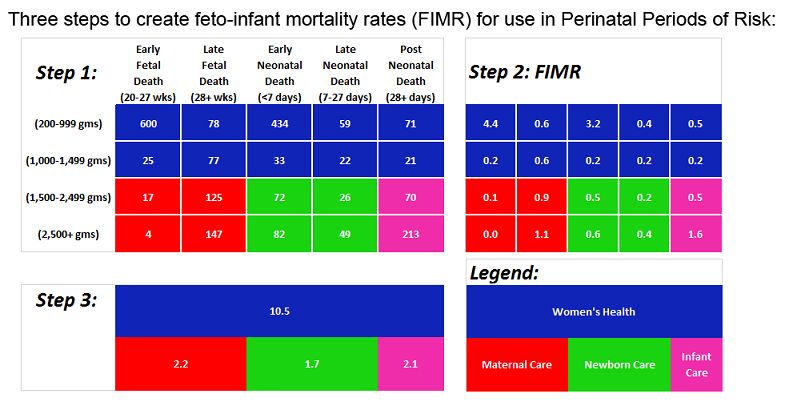Per the Federal Office of Management and Budget, Directive 15 (1997),
- White is a person having origins in any of the original peoples of Europe, the Middle East or North Africa;
- Black or African-American is a person having origins in any of the black racial groups of Africa;
- Asian is a person having origins in any of the original peoples of the Far East, Southeast Asia, or the Indian subcontinent including for example, Cambodia, China, India, Japan, Korea, Malaysia, Pakistan, the Philippine Islands, Thailand and Vietnam;
- American Indian/Alaska Native is a person having origins in any of the original peoples of North and South America (including Central America), and who maintains tribal affiliation or community attachment;
- Native Hawaiian or Other Pacific Islander is a person having origins in any of the original peoples of Hawaii, Guam, Samoa, or other Pacific Islands;
- Multiracial is a person declaring 2 or more of these races.
Note: Rates for years prior to year 2000 use population estimates for the denominator that adhere to a different Federal standard for race: White, Black, Asian or Other Pacific Islander, American Indian and Alaska Native. So, unlike years 2000 and after, Multiracial is not included. Also, Asian by itself is not available because it was grouped with Pacific Islander (After 1999 Asian is separate from Native Hawaiian or Other Pacific Islander).
Rates using Census Population Estimates in the denominator are not calculated when a selected race is not available in the denominator, or zero.
Nevertheless, selections available in OASIS' Race query box reflect the 1997 Race classifications described above. Most of the numerators used in indicators in Oasis *do* have the year 2000 race selections. Therefore, selections of multiple years that span <2000 and 2000+ will return a *number (count)* for all race selections, but the *rates* may be limited by the change in racial classifications the federal government used as noted above. In these cases you will see NA1 in the output cell (NA1 therefore by definition will only show up in rates for the years before 2000).
In some cases, the numerator's race classification may be more precise, or up to date, than the Census population estimate counterpart used in the denominator. You may find that there are a number of births of a given race for a county/age-group selection, but no count of population estimated for the denominator. In such cases where the race selection was available for both the numerator and the denominator, but the denominator's estimate was zero, you will see a NA2. If the numerator was greater than the denominator, but the denominator was > 0, you will see a NA3 returned.
